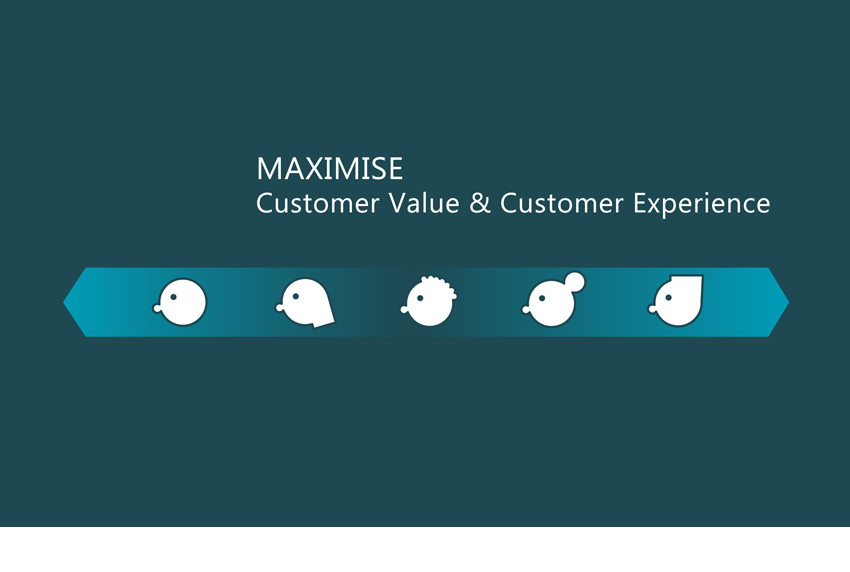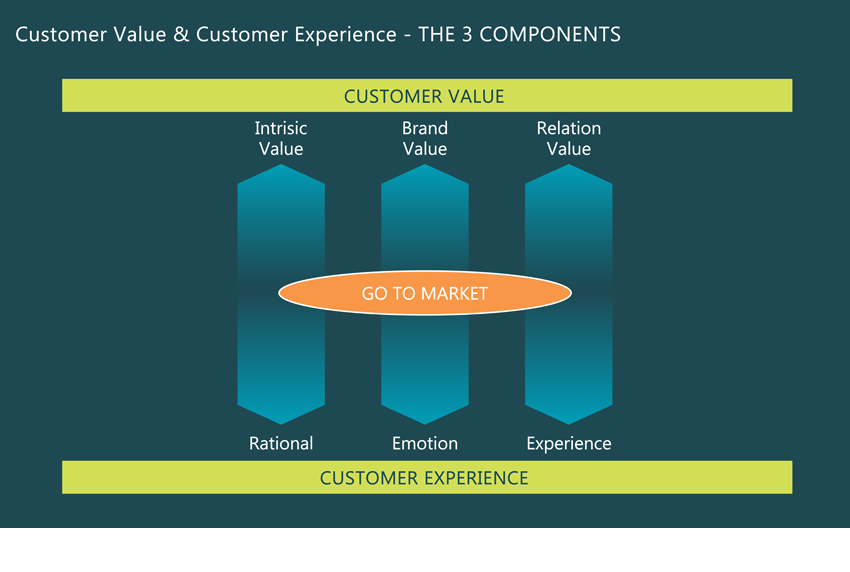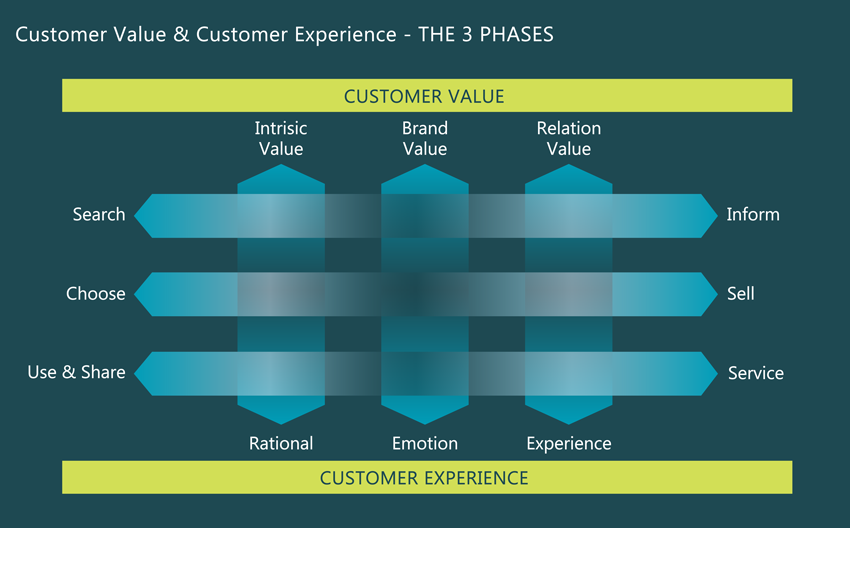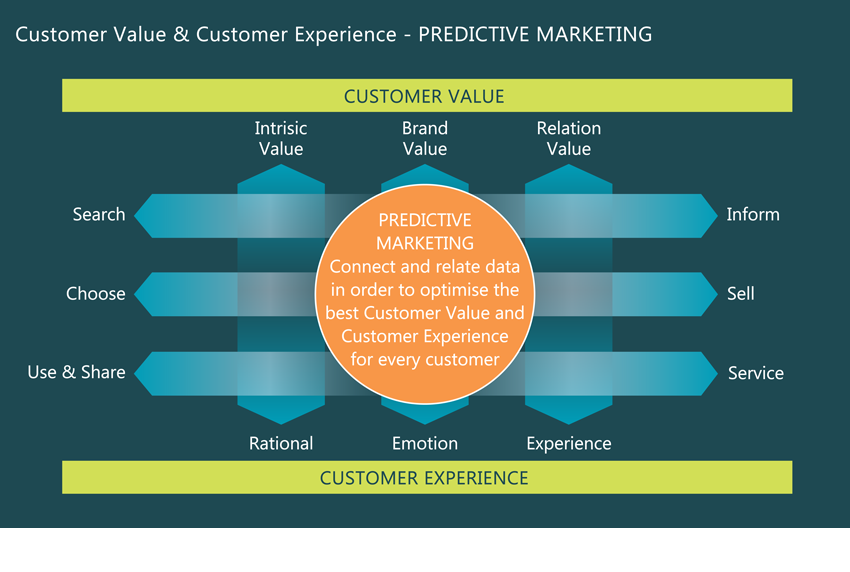CUSTOMER INSIGHT
CUSTOMER INSIGHT
MORE ABOUT CUSTOMER INSIGHT
Customer Insight based on (big) data resulting in more customer experience and higher customer value.
What is Customer Insight or customer understanding exactly? We’re not talking about Insights, insights’ (plural), patches of inspiration or remarkable discoveries that can lead to great opportunities and success. These are certainly valuable, but not a structured solution.
Customer Insight is the understanding of what customers want and why, based on concrete information (data, research), on which the organisation can take targeted action, leading to satisfied customers and increased customer value.

81% of companies say they (almost) have a holistic view of their customer
37% of consumers say their favorite retailer understands them
This information is derived from various sources, through active customer approach as customer research and passive customer approach, including the analysis of (big) data, social media data; information from inside the organisation and from outside. Based on this information customer insight is created. Customer insight is action-oriented and reflects the authenticity of the organization.
“Customer Insight is valuable not only for innovation but also for business optimisation” – CIM7
Customer insight is the foundation for all activities developed by the organization in order to maximise customer value and customer value for the organization. In customer focussed organisations, each employee understands the customer insights and will act upon them.
Customer Insight is
- a holistic approach
- to multi source business information
- for building an actionable understanding of the customers,
- in order to maximise customer experience and value.
PREDICTIVE MARKETING
PREDICTIVE MARKETING
MORE ABOUT PREDICTIVE MARKETING
Predicting customer behaviour with customer insight.
The concept of customer value is an excellent indicator of the outcome of all marketing efforts of an organisation (KRI, Key Result Indicator). But it does not indicate which buttons to push and/or how to improve results.
By breaking the concepts of customer value and customer experience in components and phases we will get more grip on the underlying independent drivers. Customer journeys are an example of how this split up works in practice: the total customer funnel is deducted in needs, occasions, means and channels.
Many of the components of Customer Value and Customer Experience we can understand better by using statistical analyses and models. As more and more (big) data is available, the practical use of these models are increasingly effective and results are measurable. Machine learning accelerates this development even further.
Selecting customers to whom you want to focus your organisation on the basis of predictions (Customer targeting) and predicting the value of this for the customer (Customer Engagement), we summarise this under the heading Predictive Marketing.



